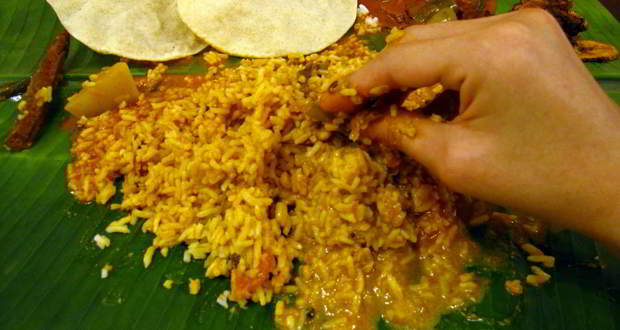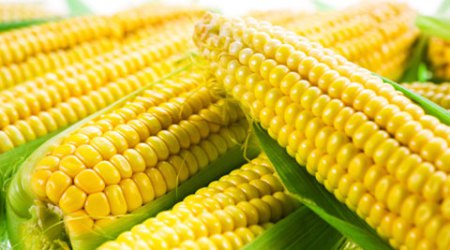Most Indians eat with their hands. But today as we adopt more traditions of the western world, it is common to see people using spoons and forks to eat. But did you know that eating with your hands has a number of health benefits? Here are the top 4 reasons you should start eating with your hands.
Keeps all your vital life energies in balance: According to Ayurvedic texts, we are all made up of five main pranas or life energies and these five elements correspond to each finger on our hand (your thumb indicates fire, index finger correlates with air, middle finger indicates sky, ring finger stands for earth and little finger indicates water). An imbalance of any one of these elements can lead to diseases. When we eat with our hands we usually join our fingers and thumb to eat, this is actually a mudra that is a form of mudra vigyan, or the study of mudras and their healing power on the body. Therefore when we eat we are putting together all the five elements and energizing the food we eat so it helps us become healthy and keep all our pranas in balance.
Improves digestion: Touch is one of the most strong and often used sensation in the body. When we touch our food with our hands, the brain signals our stomach that we are about to eat. This in turn, readies the stomach to digest the food it will receive, aiding in better digestion.
Promotes mindful eating: Eating with your hands requires you to pay attention to what you are eating. You often need to look at the food and focus on what you are putting into your mouth. Also known as mindful eating, this practice is much more healthier than eating with a fork and spoon that can be done mechanically. Mindful eating has a large number of benefits for your health and one of the most important benefits is the fact that it improves the assimilation of nutrients from the food you eat, enhances digestion and makes you healthier.
Protects your mouth from getting burnt: Your hands also act as a very effective temperature sensor. When you touch food it is easy for you to gauge how hot it actually is, and you are less likely to put food that is too hot into your mouth – effectively preventing you from scalding your tongue.
Source: the health





